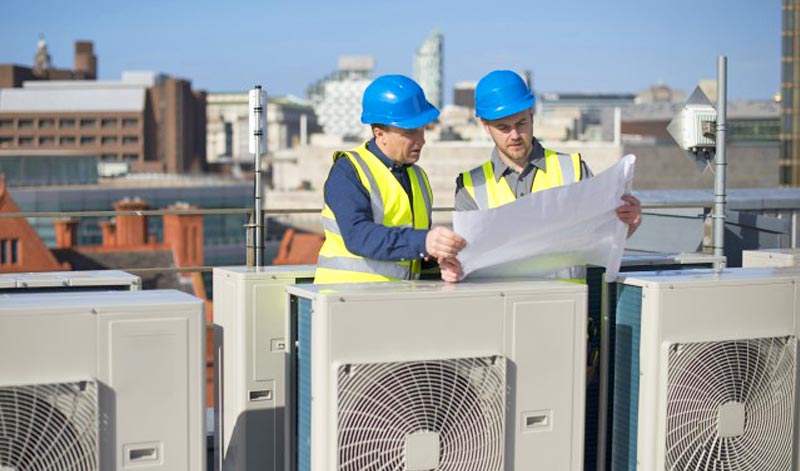
Tests Prove Benefits of Rooftop HVAC Controls
You know the cost-saving benefits that advanced HVAC controls can bring to commercial and industrial facilities. Without some hard data, however, it may sound to some like you’re just blowing a lot of hot air. Real-world testing of rooftop units by the U.S. Department of Energy (DOE) may just provide you with the evidence you need to convince the most skeptical decision maker.
Testing advanced controls
DOE researchers retrofitted packaged rooftop units (RTUs) with three control technologies not typically used with such units:
- Integrated air-side economizer controls
- Multi-speed controls on variable frequency drive supply fans
- Demand-control ventilation (DCV)
In the multi-year study, advanced controls were tested on 66 RTUs atop eight different buildings in eight different climate locations. Of the units included, 49 were packaged air conditioners with gas heat, and the rest were heat pumps.
Two operating modes were evaluated. In standard operation, the supply fans ran continuously at full speed, and the economizers weren’t connected to the cooling system. In advanced mode, fans operated at different speeds (based on demand), and the economizers were integrated with mechanical cooling. For a fair comparison in similar climate conditions, each unit was switched daily between operating modes.
Energy savings and a quick payback
What did the researchers learn? For starters, the advanced controls reduced HVAC energy use by an average of 57 percent, with savings ranging from 22 to 91 percent. Other key findings included:
- Average payback time for a control retrofit was three years.
- Payback periods varied by unit type and utility rate, some in as little as nine months.
- Utility incentives can significantly reduce payback periods.
- Total building energy savings from the RTU retrofits ranged from six to 12 percent.
- Fan energy savings represented the majority of energy savings.
- The longer the operating time and the larger the unit size, the higher the energy savings.
- Greater savings are expected in more extreme climates where economizers can have a greater impact.
- Demand reduction from controls could have a significant impact on savings and payback in certain applications.
Armed with this information, you can demonstrate how advanced control retrofits can reduce energy bills and provide a reasonable return on investment. For more details, see Advanced Rooftop Control Retrofit: Field-Test Results.